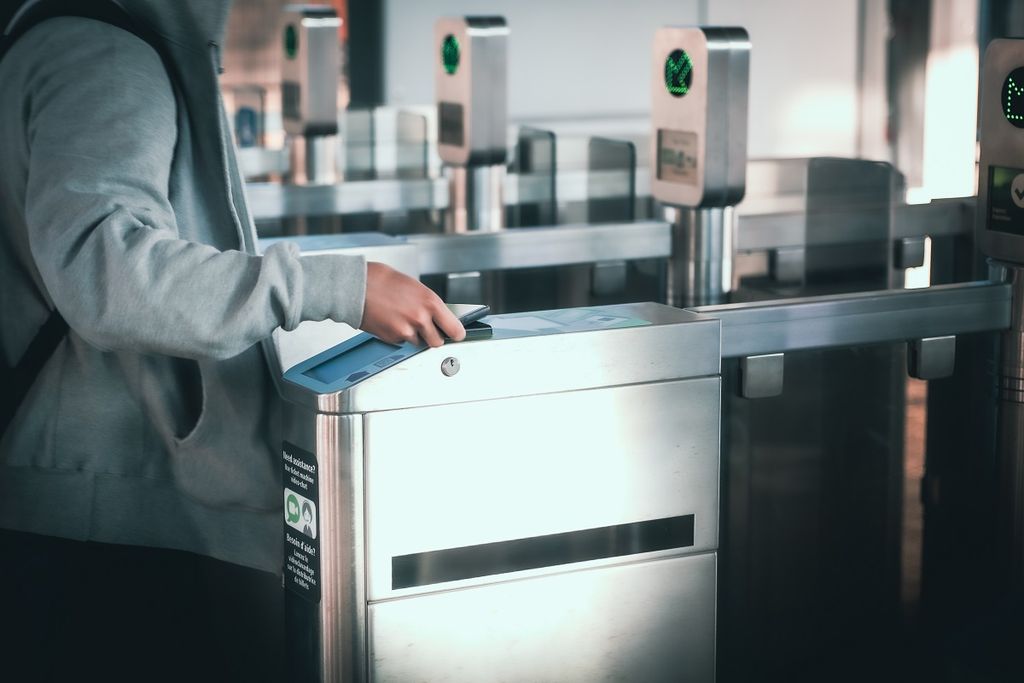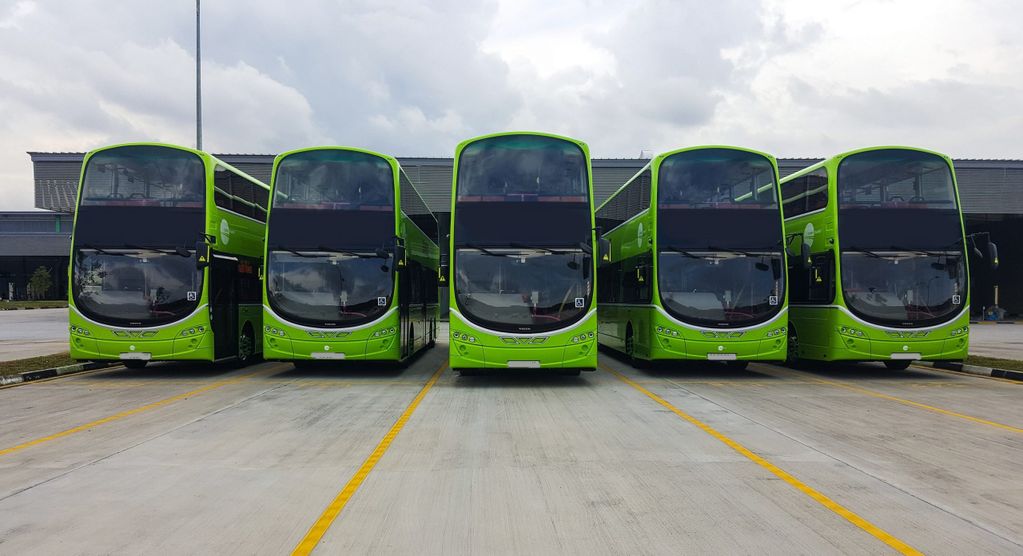
Tap, travel, relax: New Roadmap explores first step of implementing open-loop payment in public transport
Free choice & safe payment is vital for offering seamless journeys
Tap, travel, relax: over the last years, making a trip with public transport has truly become that easy, with many cities adopting advanced ticketing and payment systems in their networks.
From replacing paper tickets with automatic fare collection systems, the launch of dedicated smartcard systems, to contactless payments cards introduced in public transport from 2012 onwards and now accepted in hundreds of cities globally. Open-loop payment allows passengers to experience the convenience and simplicity of contactless pay for mobility.
While the motivations, ambitions and starting points to introduce contactless payments are different for each city or public transport organisation, there are several consistent steps to follow to successfully implement open-loop payment in public transport.
But… where to start?
Under the helm of UITP, the Urban Mobility Open Payments Forum was launched in 2021 to create a more open dialogue in the sector on open-loop payment and advance its adoption in public transport.
With one common goal (creating better, safer, smoother passenger experience), UITP is proud to count 13 key industry players including Visa, American Express, Mastercard and Scheidt & Bachmann among its members. Together, they lead a series of initiatives to improve the know-how of the sector and raise awareness to make it easier and less costly for public transport organisations to implement open-loop payment.
Now, the Forum has published the first version of its implementation roadmap, seeking to support PTOs and PTAs through the planning, building, launching, and ongoing improvement of open-loop payment acceptance in public transport networks.
Mastercard applauds the work of UITP and the Urban Mobility Open Payments Forum in creating this series of documents that will simplify the adoption process for open payments and become a must-have guide for cities and public transport agencies seeking to provide frictionless payment solutions for all riders.
The new Roadmap is the first of three publication and focuses on the planning and design phase. Because before considering any technical challenges, it is essential to settle on your vision first: open-loop payment is hardly ever implemented as an isolated solution and almost always integrated into existing ticketing systems.

This means that the implications of open-loop payment on your business models and internal processes need to be considered first. Adoption should fit your organisational goals and ambitions for customer experience, and have the ability to grow over time, alongside (customer) expectations and developing technology.
Once you are clear on your vision, it’s important to understand the changes you need to implement and pre-requisites you need to put in place. In other words: you need a concept outline.
Here, you have to take into account what internal processes are affected. Who are the stakeholders that play a role and need to be included in the change? What steps do you need to consider, moving from the current ticketing offering to making open-loop payment available for your passengers? And, what requirements need to be met and what agreements need to be in place to accept contactless payments?
Our involvement in the development of this roadmap underlines our commitment to accelerating urban mobility. Open-loop payments mean more than just a shift in transactions. They are an integral part of cities’ visions for accessible, seamless transportation experiences. Open-loop makes public transport as simple as buying a coffee!
Now you have your first steps covered, it’s time to identify the technology and service suppliers, and build a system that meets your expectations.
In the next two versions of the Roadmap, the Forum will provide guidance for the tendering process and considerations for system development and project launch. Stay tuned!
Want to keep up to date with the Urban Mobility Open Payments Forum? Get involved on www.openloopmobility.uitp.org.
exclusive resources







